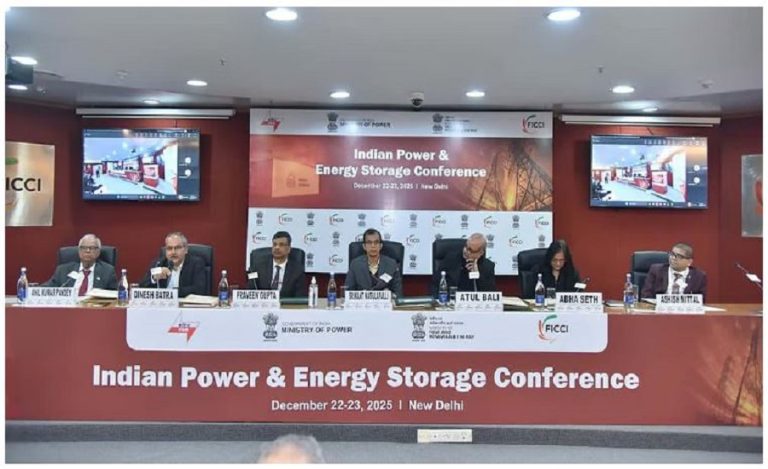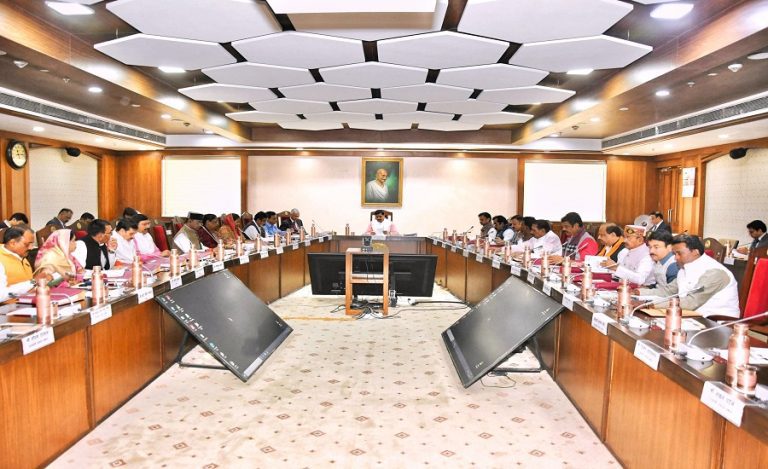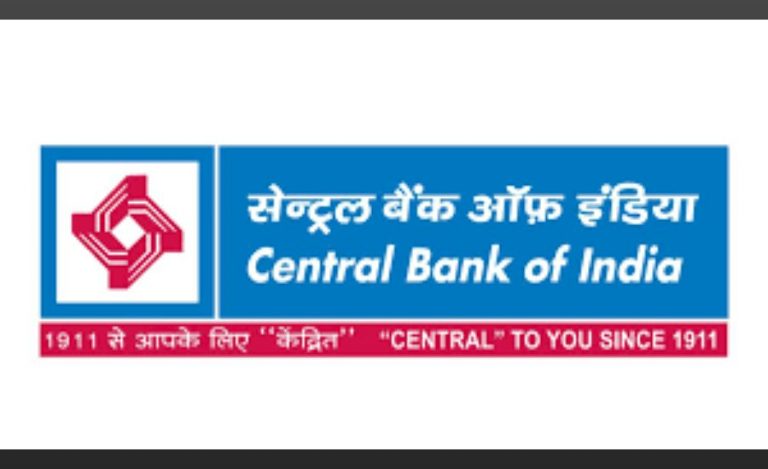New Delhi — Despite the Reserve Bank of India’s (RBI) withdrawal of ₹2,000 denomination banknotes more than two years ago, a total of ₹6,017 crore in such notes is still in circulation, as per the central bank’s latest update.
On May 19, 2023, the RBI had declared that it would phase out ₹2,000 notes under its Clean Note Policy. At the time, ₹2,000 notes valued at ₹3.56 lakh crore were in circulation. As of July 31, 2025, a staggering 98.31% of those notes have been returned to the banking system.
However, the RBI clarified once again that the ₹2,000 notes continue to be legal tender, and can be used for transactions.
read also: RBI Issues New 2025 Directions to Regulate AIF Investments by Banks and NBFCs
Exchange & Deposit Process Still Active
To make the transition easier for the public, the RBI has been offering exchange and deposit facilities at its 19 regional Issue Offices since May 2023. From October 9, 2023, citizens have also been allowed to send ₹2,000 notes via India Post to RBI offices for credit to their bank accounts.
This move ensures accessibility even in rural areas, helping people return the withdrawn currency safely and securely.
Where Can People Exchange Notes?
RBI’s designated Issue Offices are located in:
Ahmedabad, Bengaluru, Belapur, Bhopal, Bhubaneswar, Chandigarh, Chennai, Guwahati, Hyderabad, Jaipur, Jammu, Kanpur, Kolkata, Lucknow, Mumbai, Nagpur, New Delhi, Patna, and Thiruvananthapuram.
Looking Back: Withdrawal Timeline
- May 19, 2023: RBI announces the withdrawal of ₹2,000 notes
- Initial Value in Circulation: ₹3.56 lakh crore
- Value Remaining as of July 31, 2025: ₹6,017 crore
- Returned Notes: 98.31% of total in circulation
Why Were ₹2,000 Notes Withdrawn?
The RBI introduced ₹2,000 notes in late 2016 after demonetisation to quickly restore liquidity. However, printing of the denomination stopped in 2019, and the withdrawal in 2023 was aimed at optimizing the currency structure and enhancing note quality.
Final Word
While the vast majority of ₹2,000 notes have been successfully withdrawn, the remaining ₹6,017 crore reflects a small fraction still with the public. The RBI continues to urge citizens to deposit or exchange these notes through its ongoing facilities, reaffirming that they remain valid for transactions.
About the Reserve Bank of India
The Reserve Bank of India (RBI), India’s central banking institution, regulates the issuance and supply of the Indian rupee and oversees the country’s monetary policy. It plays a pivotal role in financial supervision, macroeconomic stability, and banking sector reforms. The RBI also issues regulatory directions to ensure robust governance and risk management among financial institutions.



























